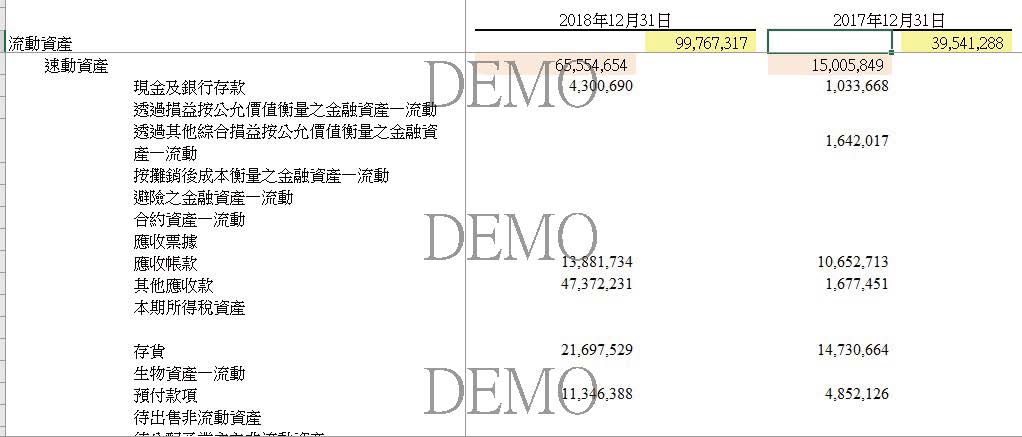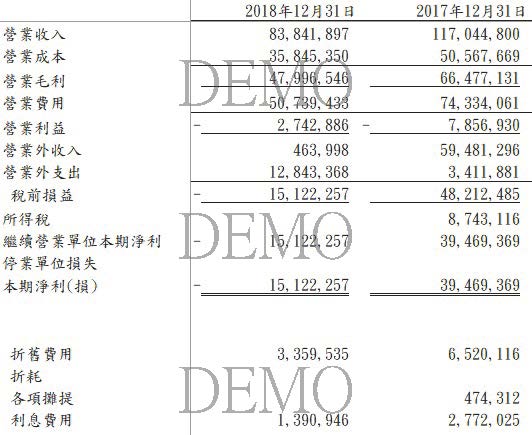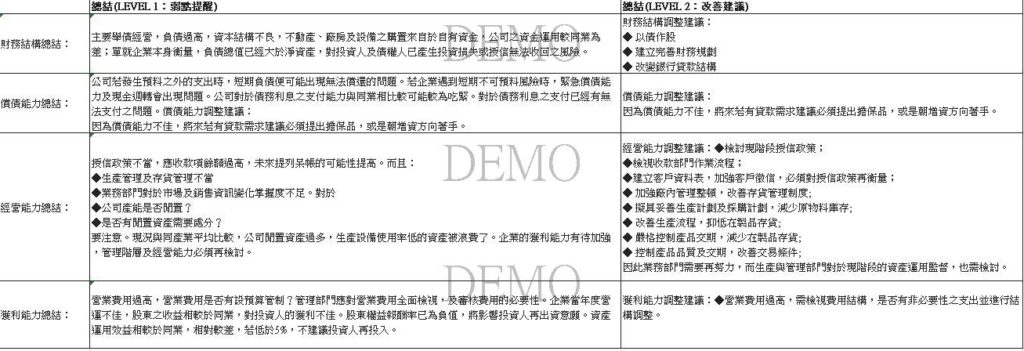凡走過必留下痕跡。企業的經營紀錄結果最終會表現在財務報表,也因此各部門的績效成果可以初步反映在財務報表上。
大數據分析管理雖然已經好幾年了,但是目前最成功的案例在台灣應該只有便利商店跟大型的上中下游整合型的製造業(例如鴻海),其他的似乎沒有亮眼表現。
將大數據分析跟財務報表結合,對於企業管理、診斷、績效評估可以產生一個具體有效的成果。可以避免管理者無謂、不合理的苛求,也可以提供外部投資人、顧問、授信單位、評價人員對風險規避及投資目標設定一個可靠的參考依據。
經過一年的努力與修正,在可驗證性、可操作性的前提下,結合大數據管理及財務報表分析,這個模組終於完成了。
選擇產業編號,再把資產負債表及損益表輸入,現金流量表及企業診斷結論就出來了!
Everything will leave traces. The results of the company’s business records will ultimately be reflected in the financial statements, so the performance results of each department can be initially reflected in the financial statements.
Although big data analysis management has been for years, the most successful case in Taiwan should only have convenience stores and large-scale integrated manufacturing industries (such as HON HAI 2317) in Taiwan. Others seem to have no bright performance.
The module combining big data analysis with financial statements can produce concrete and effective results for enterprise management, diagnosis, and performance evaluation. It can avoid unnecessary and unreasonable demands from managers, and also provide external investors, consultants, banks, and evaluators with a reliable reference for risk aversion and investment objectives.
After one year of hard work and revision, this module was finally completed with the combination of big data management and financial statement analysis under the premise of verifiability and operability.
Select the industry code, then enter the balance sheet and income statement, it will show the cash flow statement and the company diagnosis conclusions !



